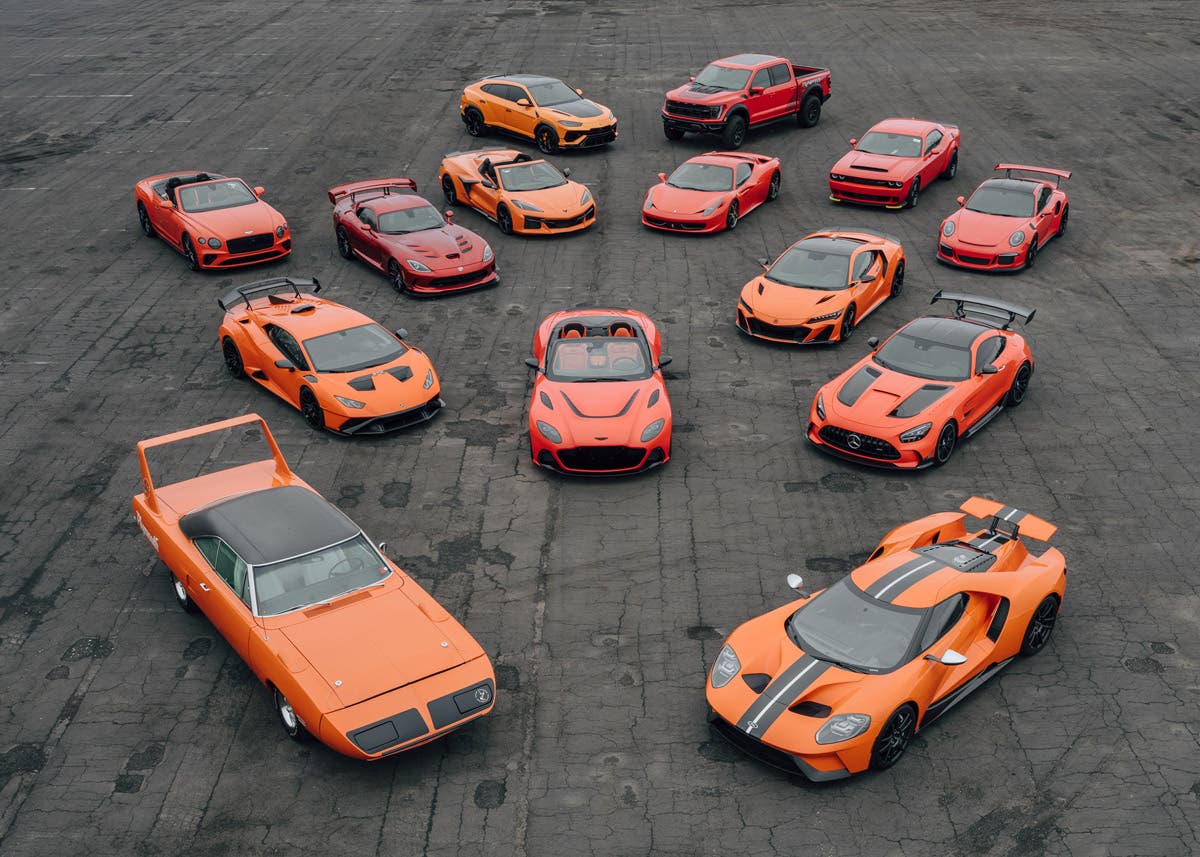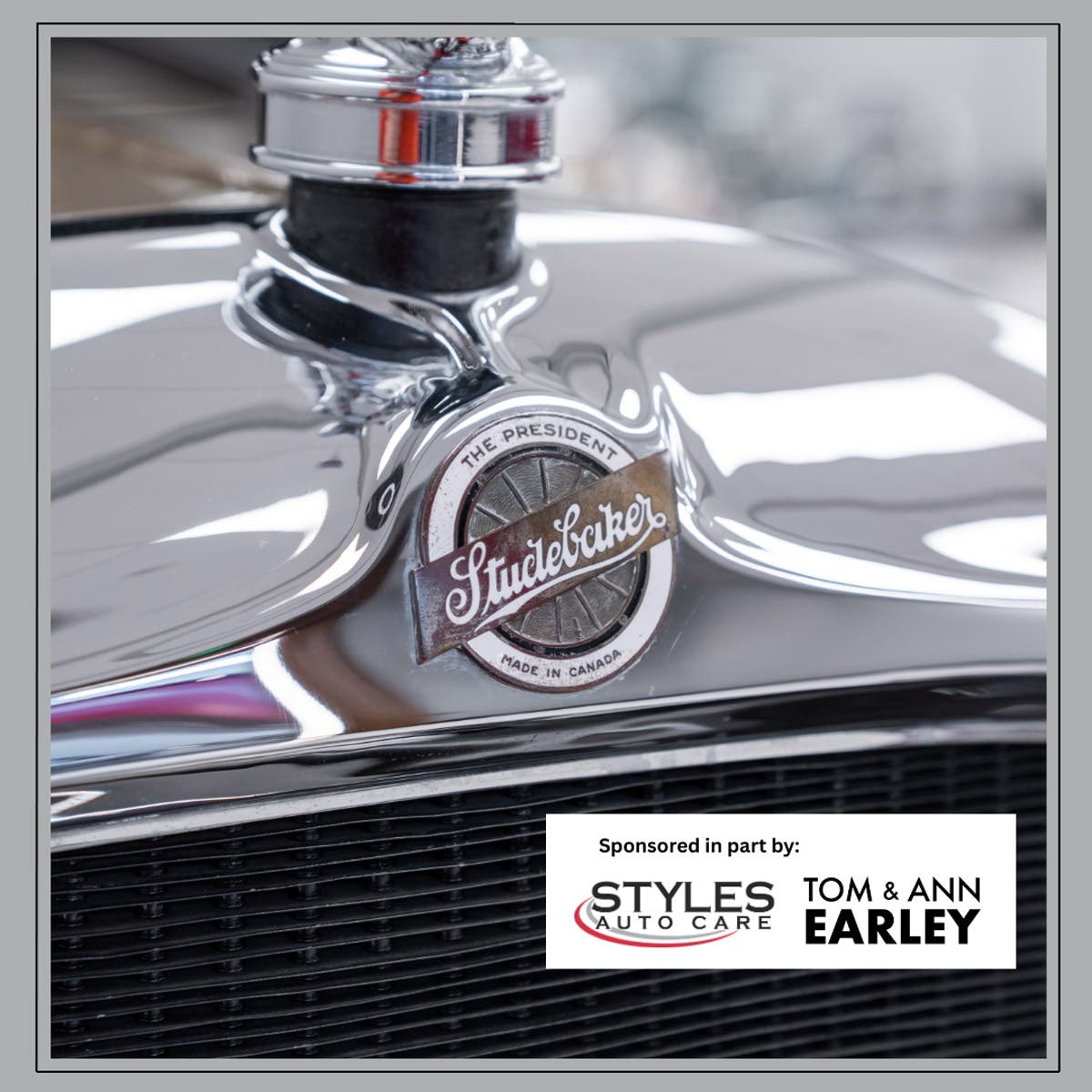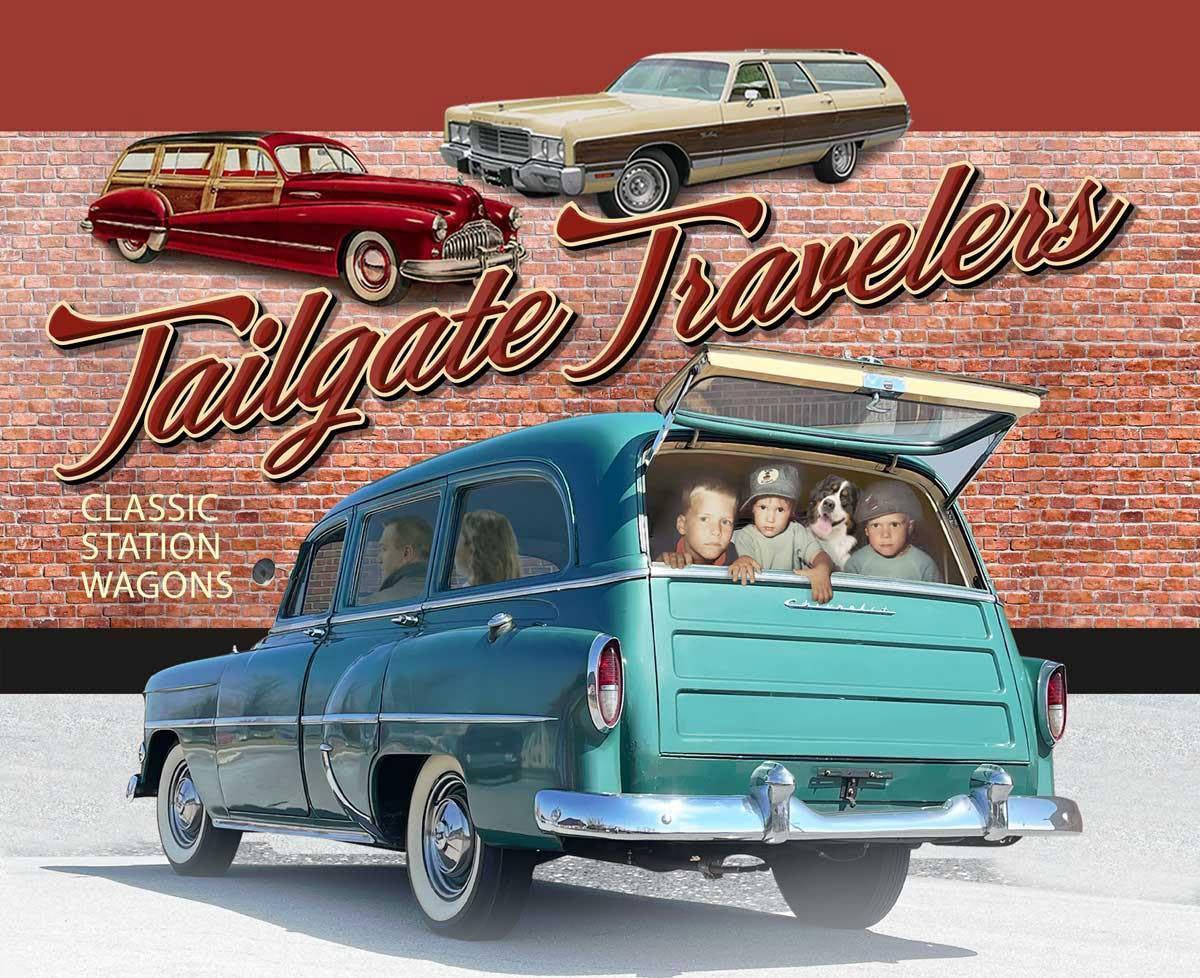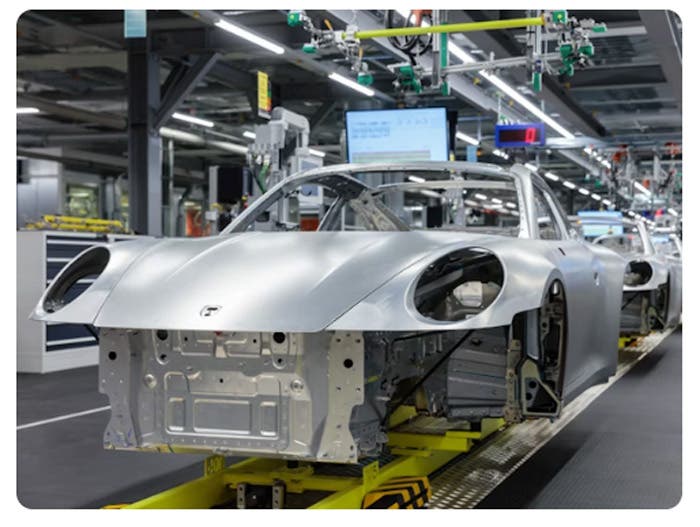Q&A: April 11, 2019 Edition
Q. Regarding Jim Schrimpf’s sun visor question in the March 7 issue, the outside sun visor first came out in 1946. It was almost an oddity at the beginning, but…
Q. Regarding Jim Schrimpf’s sun visor question in the March 7 issue, the outside sun visor first came out in 1946. It was almost an oddity at the beginning, but quickly grew popular for the new 1946 model cars. To verify this I had to review some photos I took of 1946 models when they were new and I was only a 13-year-old kid.
The first visors in this area were made by Peckat. They had a steel framework covered by a paintable material similar to the covering on the Piper Cub airplane. They were available in several widths, so they could be mounted on pre-war cars as well as new models. The next arrival was the Fulton visor made right here in West Allis, Wis., starting in 1947. It was made from aluminum and telescoped for width so one model could be adjusted for all cars. The Fulton Co. made various auto accessories for many years, and its version of the visor was the company’s biggest hit. Fulton sold its visors through new car dealers, which gave it a leg up on the competition. It was a good-looking, quality product and changed the basic design during production to keep competitive. By far, Fulton made and sold more visors than any other maker. Many other brands of visors appeared and were made from various materials. They were usually sold through auto supply stores.
The first visors sold by GM arrived in 1948, and each division had a different supplier and was labeled an “Approved GM Accessory.” The 1948 Chevrolet version was also a material-covered frame version and not good looking. Oldsmobile had the best-looking visor. In 1949, the GM visors were all redesigned for the new postwar body style and the Chevrolet version was improved metal, but very plain looking. I don’t think that Buick and Cadillac offered a visor under their name.
At the Chevrolet dealer were I was employed, we used mostly the Fulton visor, as the Fulton Co. was only a few blocks away. Their engineers would come over to measure the new model Chevrolets for visor design. We also used some of the Pontiac and Olds visors on our Chevrolets as they looked much better than the Chevy version. Chevrolet did not even have a visor to fit the 1950-’52 Bel Air hardtop models, so we installed the Pontiac or Fulton visors as the Pontiac and Olds 88 used the same Fisher “A” body as Chevrolet.
Visors seemed to lose popularity in 1953 when shaded windshields and tinted glass became more popular. Fulton no longer made visors for 1954-1955-and-up cars that had the new wrap-around windshields. Chevrolet did offer one for the 1955-1957 models, but they were rarely seen.
— Gene Schneider, West Allis, Wis.
A. Once again, Mr. Schneider has a thorough answer to an intriguing question. Thanks as always, Gene.
Q. I am hoping for some help from your readers on a 1936 Chevy “low cab” pickup truck. I have a full chrome grille, but I have also seen pictures of a painted grille with a small chrome strip on it. Could you please tell me which one is correct? Also, could anyone tell me if the headlamps should be 7-inch sealed beams, which it has, or if it should have headlamps with a bulb instead?
— Steve Faria, via email
A. By “full chrome grille” I think you’re referring to the broad surround or shell for the grille. George Dammann’s Crestline book “75 Years of Chevrolet” has photos of 1936 Chevy light trucks with both types of grilles, most of them with the painted shell. One photo of a “full chrome” pickup is captioned: “Although some trucks are shown with chromed shells, no reference to these items could be found in Chevrolet’s accessory book. The truck shells were not interchangeable with those in the car line.” The truck pictured also has chromed headlamps, while those with painted shells have painted headlamp “buckets.” Mr. Schneider, any thoughts?
Sealed-beam headlamps first appeared in 1940, so yours are not original. It is often said that sealed beams were a government mandate, but this is misleading. By the late 1930s, headlamp design and integration with car sheet metal had become an art. The cars of 1939, in particular, had a wide array of lens designs, some better at projecting light than others. The many different styles also resulted in a complex supply chain. The federal government did not yet directly regulate the auto industry. There was “government” involvement in sealed- beam lamps, however, through the Association of State Highway Commissioners, working with a GE laboratory in Cleveland and, later, C.M. Hall Lamp Co. of Detroit. A committee of engineers working under the Automobile Manufacturers Association coordinated design and automaker acceptance for the 1940 model year. Sealed beams were not mandatory, however, and a few makes, notably Hupp, Graham and Bantam, did not use them. Chrysler engineer Carl Breer detailed the matter in his book “The Birth of the Chrysler Corporation” published by SAE in 1995.








